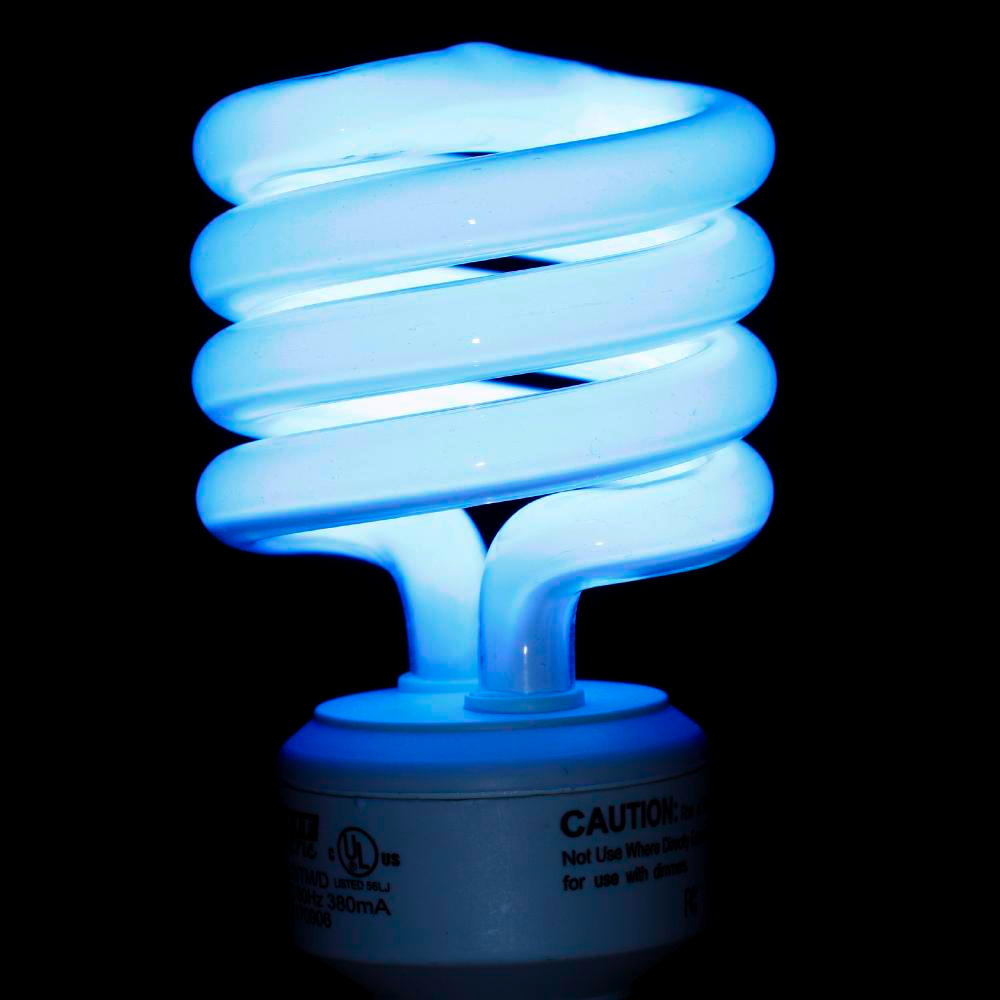Fluorescent lighting has become an integral part of our everyday lives, illuminating homes, offices, and public spaces with its vibrant glow. Its energy efficiency and long lifespan make it a popular choice for both residential and commercial applications. But what exactly is fluorescence, and how does it work? This article will delve into the fascinating world of fluorescent lighting, exploring its history, mechanics, and applications, while answering some common questions about this remarkable technology.
Fluorescent lights are not just a practical choice; they also offer unique visual effects that can transform the ambiance of any environment. The bright, crisp light produced by fluorescent bulbs has been favored by artists and designers alike, making it a staple in galleries and studios. However, as we embrace this technology, it’s essential to consider both the benefits and potential drawbacks of fluorescent lighting in our daily lives.
In the following sections, we will explore the science behind fluorescence, its various applications, and its impact on our lives. Whether you are a homeowner considering a lighting upgrade or an artist seeking inspiration from the vivid colors of fluorescent light, this article will provide valuable insights into the world of fluorescence.
What is Fluorescence?
Fluorescence is a form of luminescence that occurs when a substance absorbs light or other electromagnetic radiation and then re-emits it almost instantaneously. This phenomenon is responsible for the bright, colorful glow we see in fluorescent lights. The process involves exciting electrons in a material, which then release energy in the form of light when they return to their original state.
How Does Fluorescent Lighting Work?
Fluorescent lights operate through a process that involves several key components, including a gas-filled tube, a phosphor coating, and an electrical current. When electricity flows through the gas, it excites the gas particles, producing ultraviolet (UV) light. This UV light then interacts with the phosphor coating on the inside of the tube, causing it to fluoresce and emit visible light.
- Gas-filled tube
- Phosphor coating
- Electrical current
What Are the Advantages of Fluorescent Lighting?
Fluorescent lighting offers several advantages over traditional incandescent bulbs:
- Energy efficiency: Fluorescent lights consume significantly less energy than incandescent bulbs, resulting in lower electricity bills.
- Longevity: These bulbs can last up to 10 times longer than traditional bulbs, reducing the frequency of replacements.
- Variety of colors: Fluorescent lights come in a wide range of colors and intensities, allowing for creative lighting designs.
Are There Any Disadvantages to Fluorescent Lighting?
While fluorescent lighting has many benefits, it also has some drawbacks that may affect its suitability for certain applications:
- Color rendering: Some fluorescent lights may not render colors accurately, which can be a concern for artists and designers.
- Flicker: Fluorescent lights can produce a flickering effect that may be noticeable to sensitive individuals.
- Environmental concerns: Fluorescent bulbs contain small amounts of mercury, which can be hazardous if broken or improperly disposed of.
What Are the Different Types of Fluorescent Lights?
Fluorescent lights come in various types, each with its specific applications:
- Tube lights: Commonly used in commercial settings, these long tubes provide even lighting for large areas.
- Compact fluorescent lamps (CFLs): These smaller bulbs are designed for residential use and can easily replace incandescent bulbs.
- High-intensity discharge (HID) lamps: Often used in outdoor and industrial applications, these bulbs produce a powerful light output.
How Do Fluorescent Lights Compare to Other Lighting Options?
When compared to other lighting options like incandescent and LED lights, fluorescent lighting has its unique advantages and disadvantages:
- Incandescent bulbs: While they provide warm light, they are far less energy-efficient and have a shorter lifespan than fluorescent lights.
- LED lights: LEDs are more energy-efficient and have a longer lifespan than fluorescent lights, but they can be more expensive upfront.
What Are the Best Applications for Fluorescent Lighting?
Fluorescent lighting is ideal for various applications, including:
- Offices: The bright, even light improves productivity and reduces eye strain.
- Retail: Fluorescent lights enhance product visibility and create an inviting atmosphere.
- Art studios: The wide range of colors allows artists to create unique lighting effects.
Conclusion: Is Fluorescent Lighting Right for You?
Fluorescent lighting has revolutionized the way we illuminate our spaces, offering energy-efficient and versatile options for various applications. While it may not be suitable for every situation, understanding its benefits and drawbacks can help you make an informed decision about whether fluorescent lighting is the right choice for your needs.
You Might Also Like
Discovering Jonny: The Enigmatic Personality Behind The NameExploring The Enchantment Of Queenstown Queenstown
Explore The Benefits Of USAA Car Rental For Your Next Adventure
Lady Gaga's Bloody Mary: A Deep Dive Into The Enigmatic Hit
Discovering The Wonders Of Bass Lake: A Hidden Gem For Nature Lovers
Article Recommendations
- Kourtney Kardashian Divorce
- 50 Shades Actor
- Back To December
- Bobbi Althoff Age
- Marvin Agustin
- Themoviesflix
- Simon Cowell Died
- Paige Vanzant Leak
- Melissa Sinkevics
- Marietemara Leak


